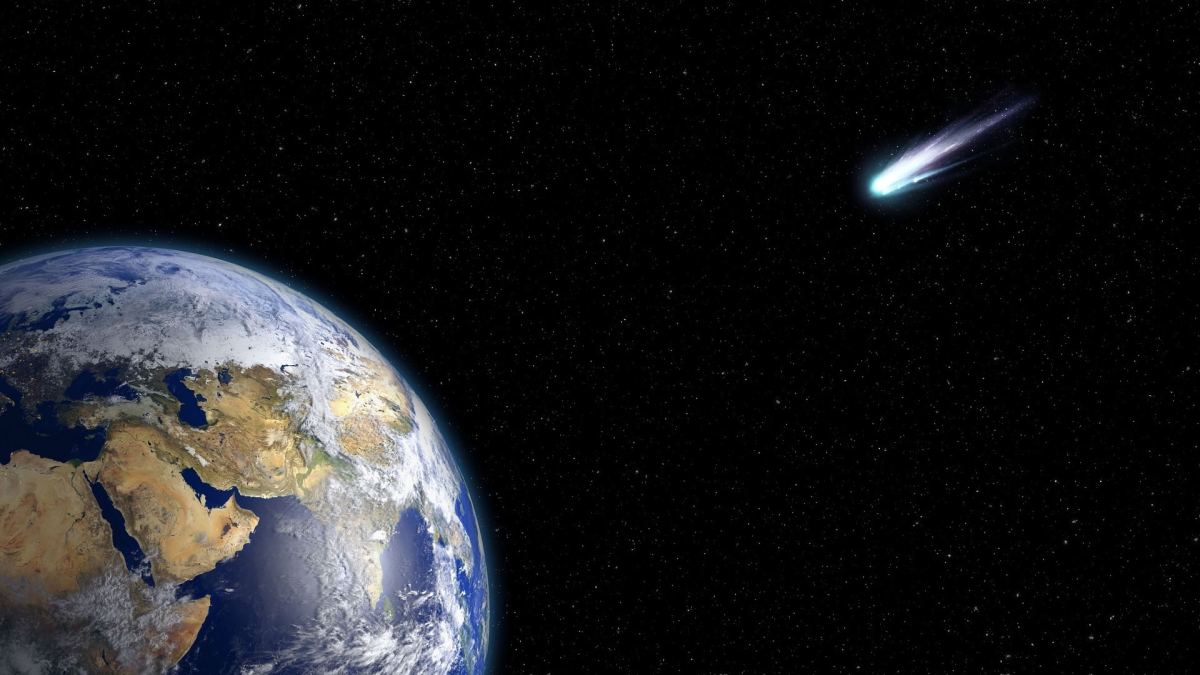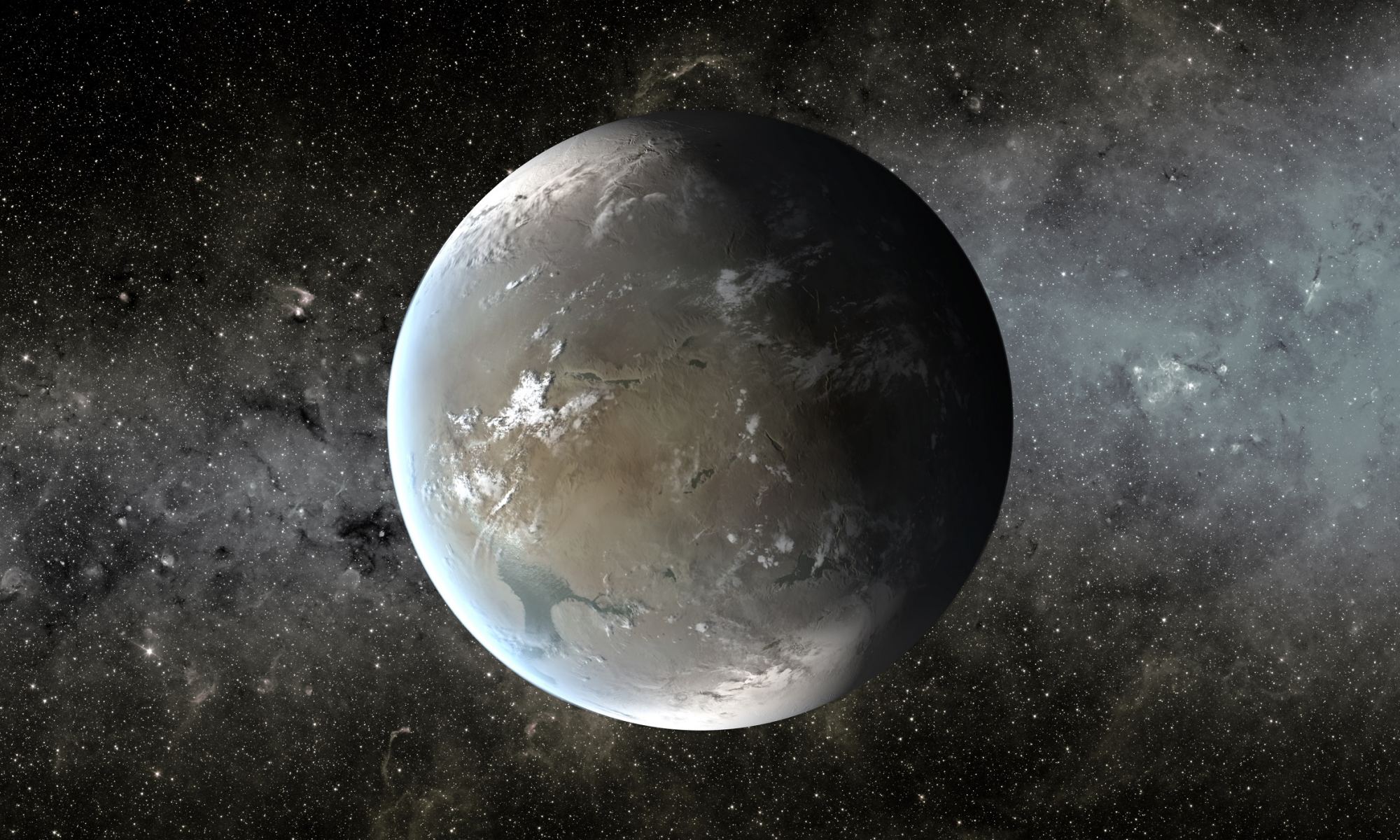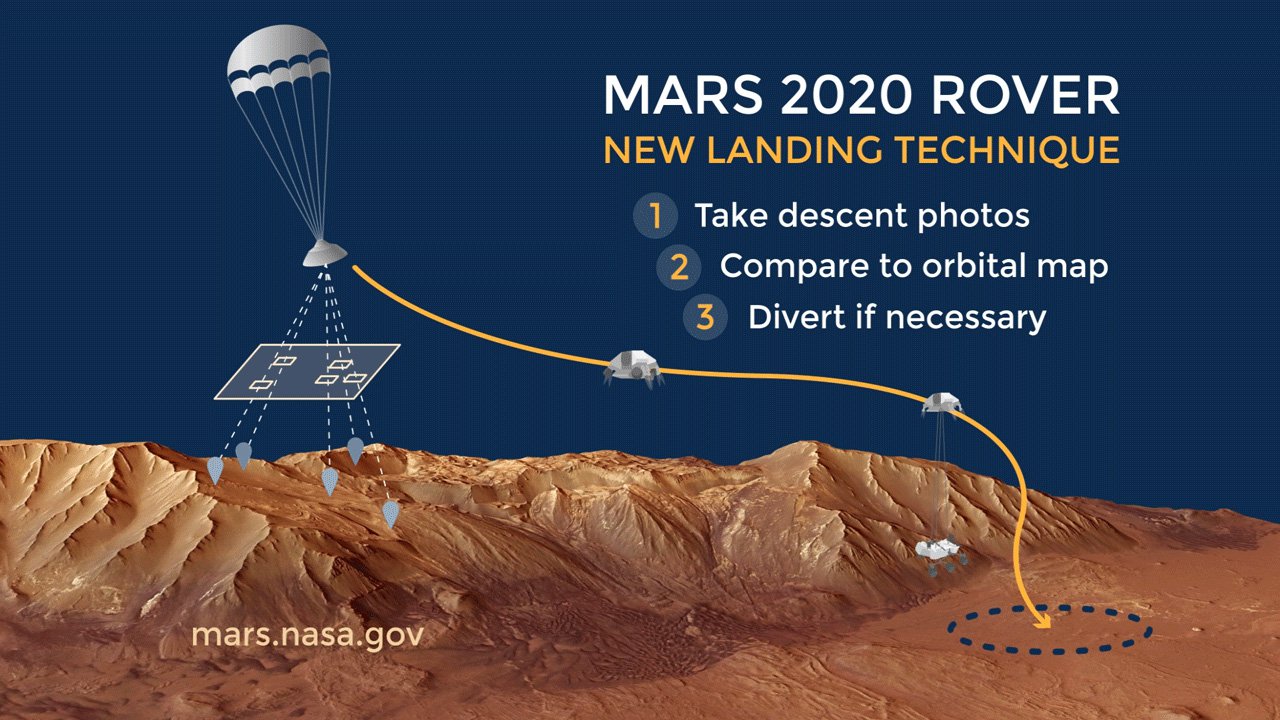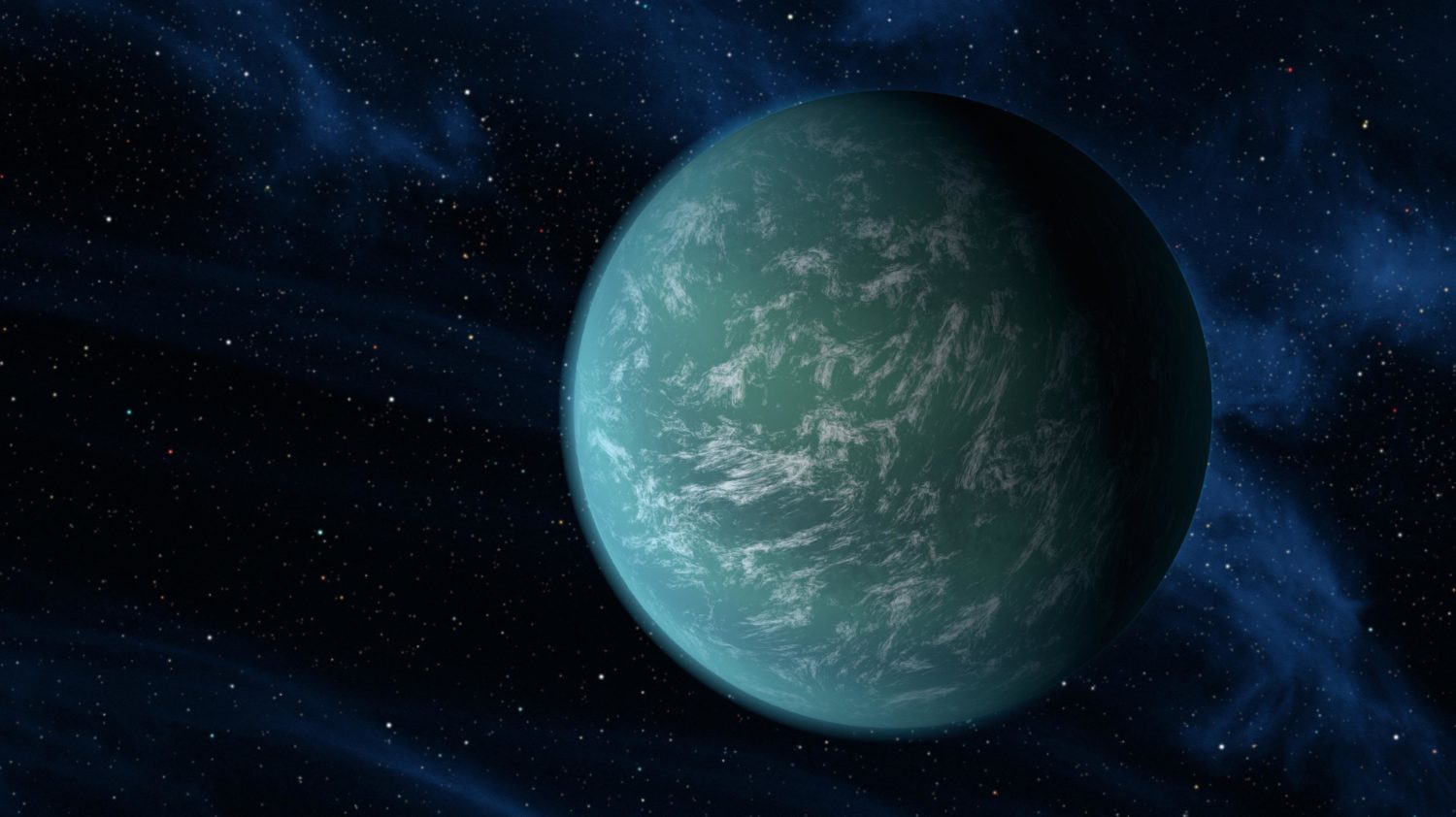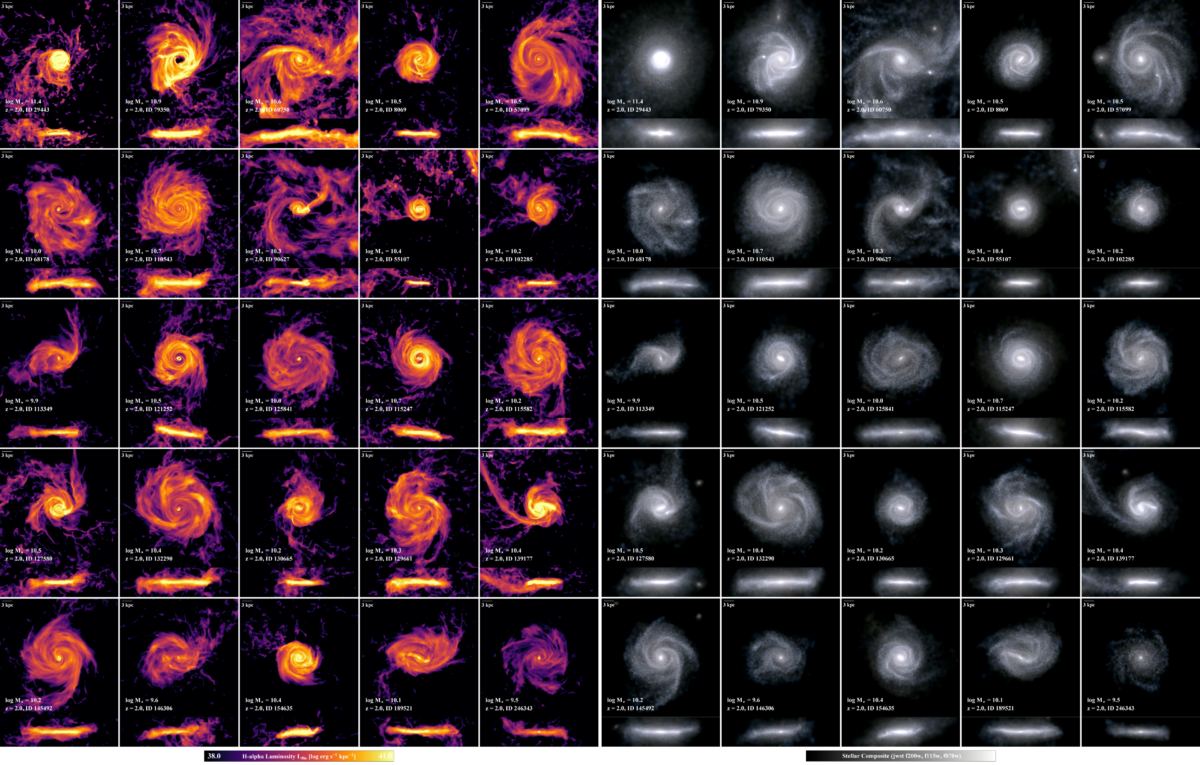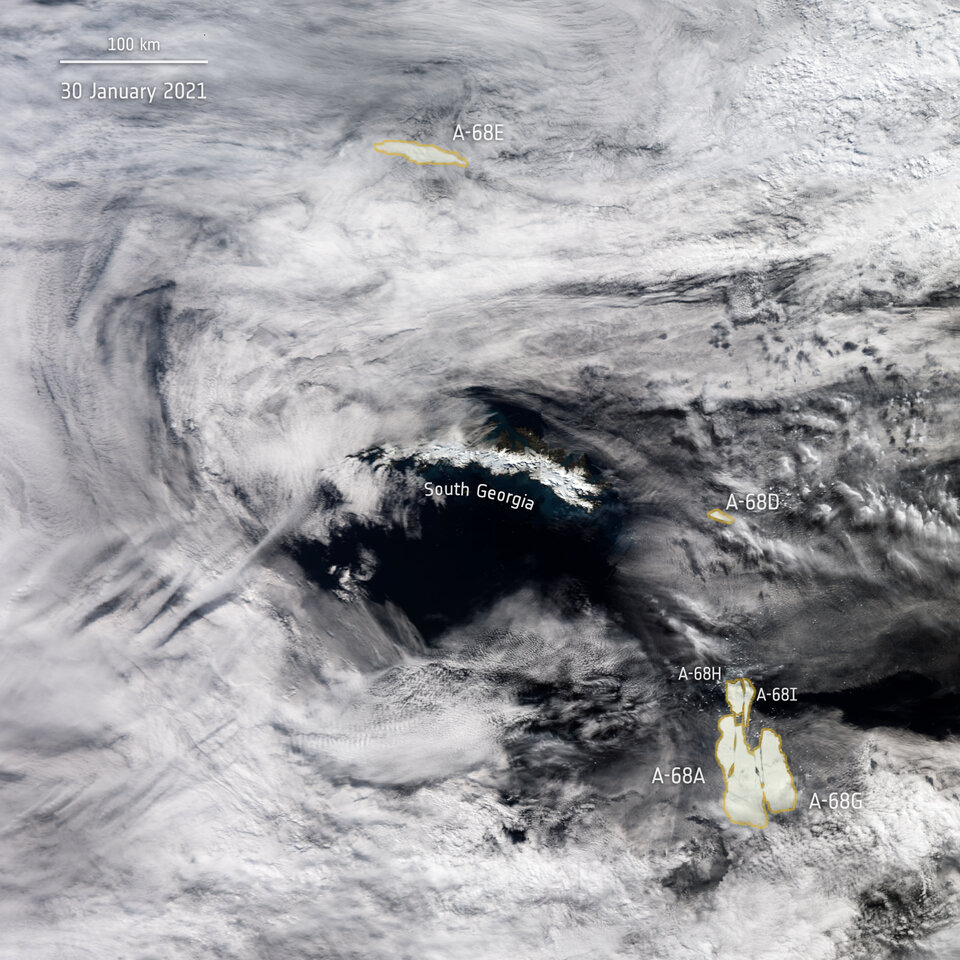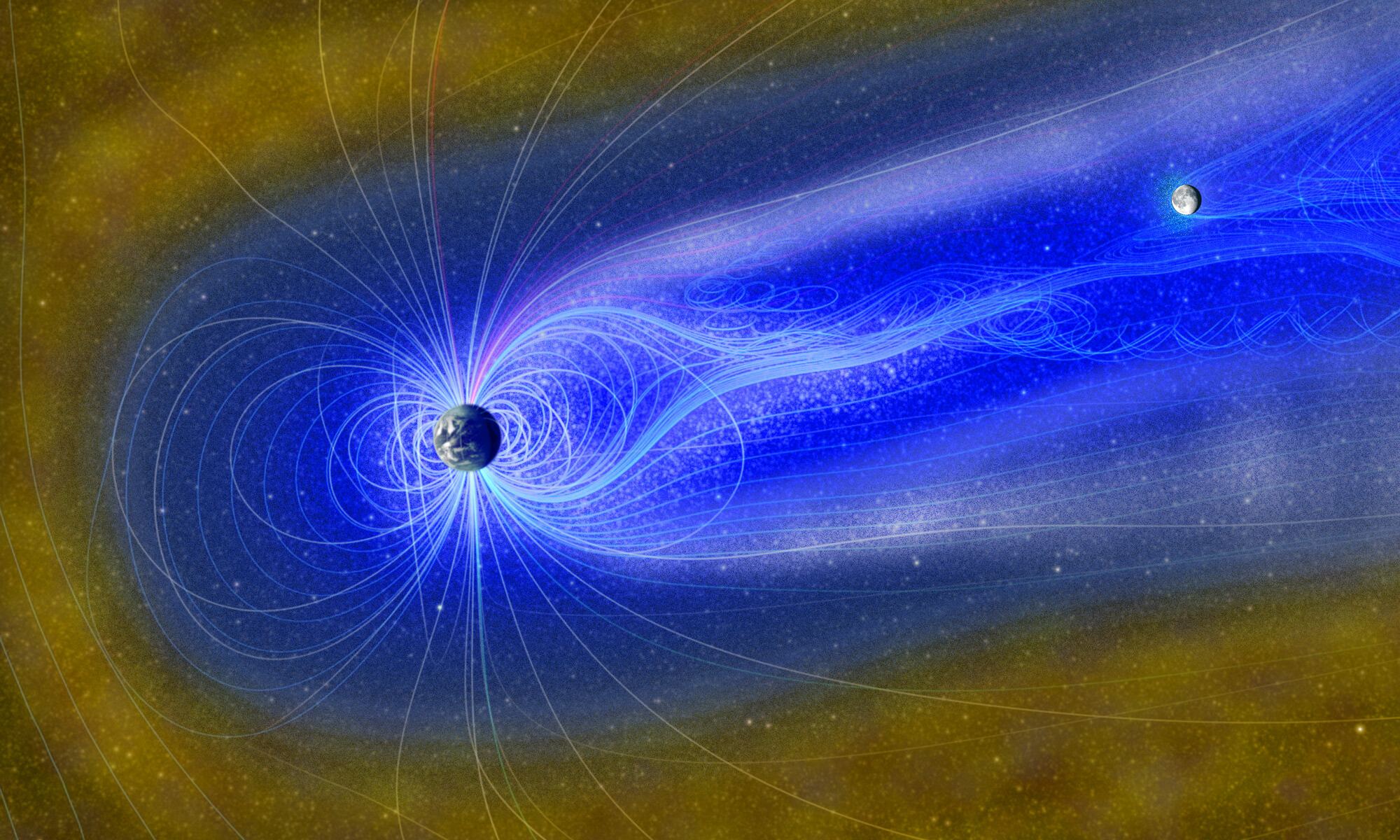About 66 million years ago a massive chunk of rock slammed into Earth in what is the modern-day Yucatan Peninsula. The impact extinguished about 75% of all life on Earth. Most famously, it was the event that wiped out the dinosaurs.
While mainstream scientific thought has pointed to an asteroid as the impactor, a new research letter says it could’ve, in fact, been a comet.
Continue reading “Did a Comet Wipe out the Dinosaurs?”
